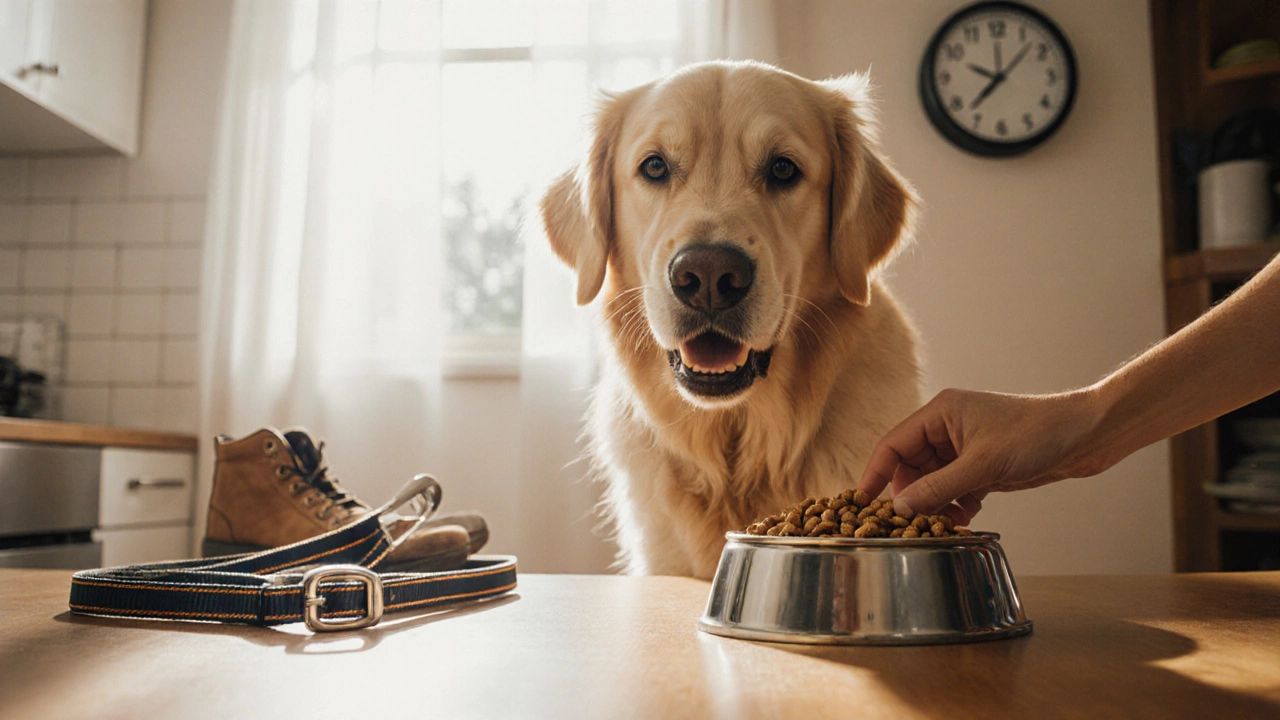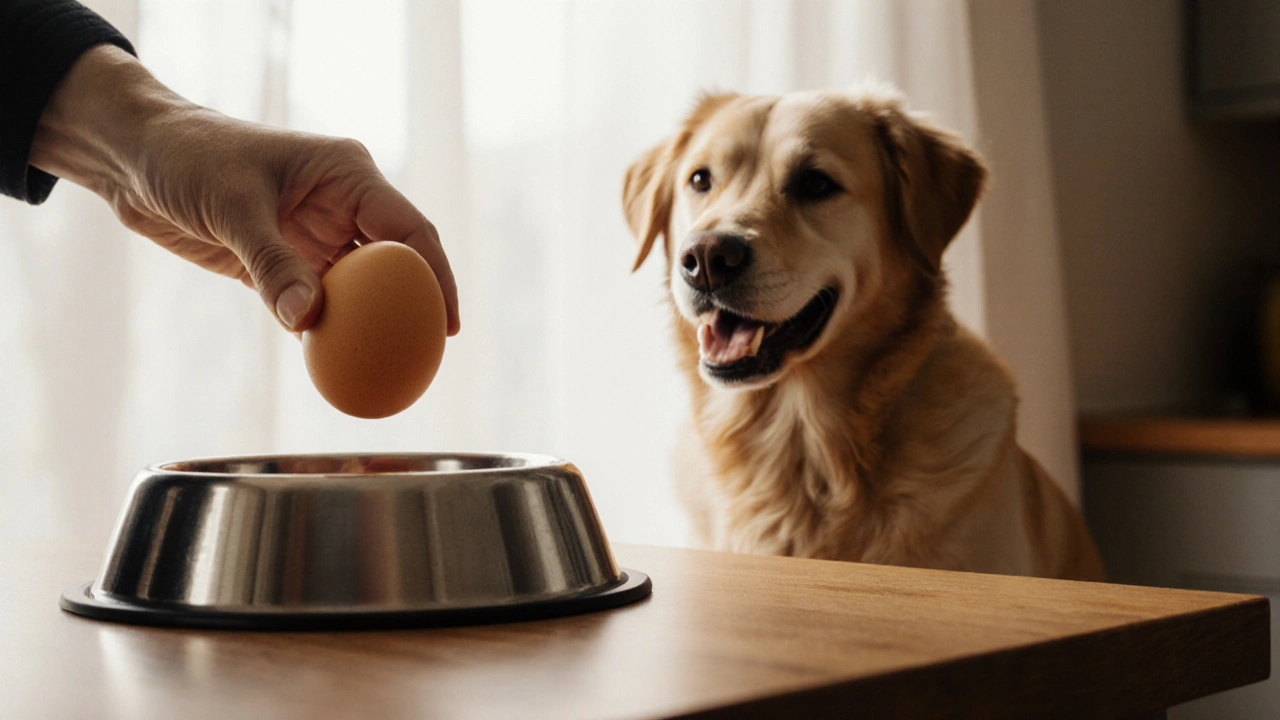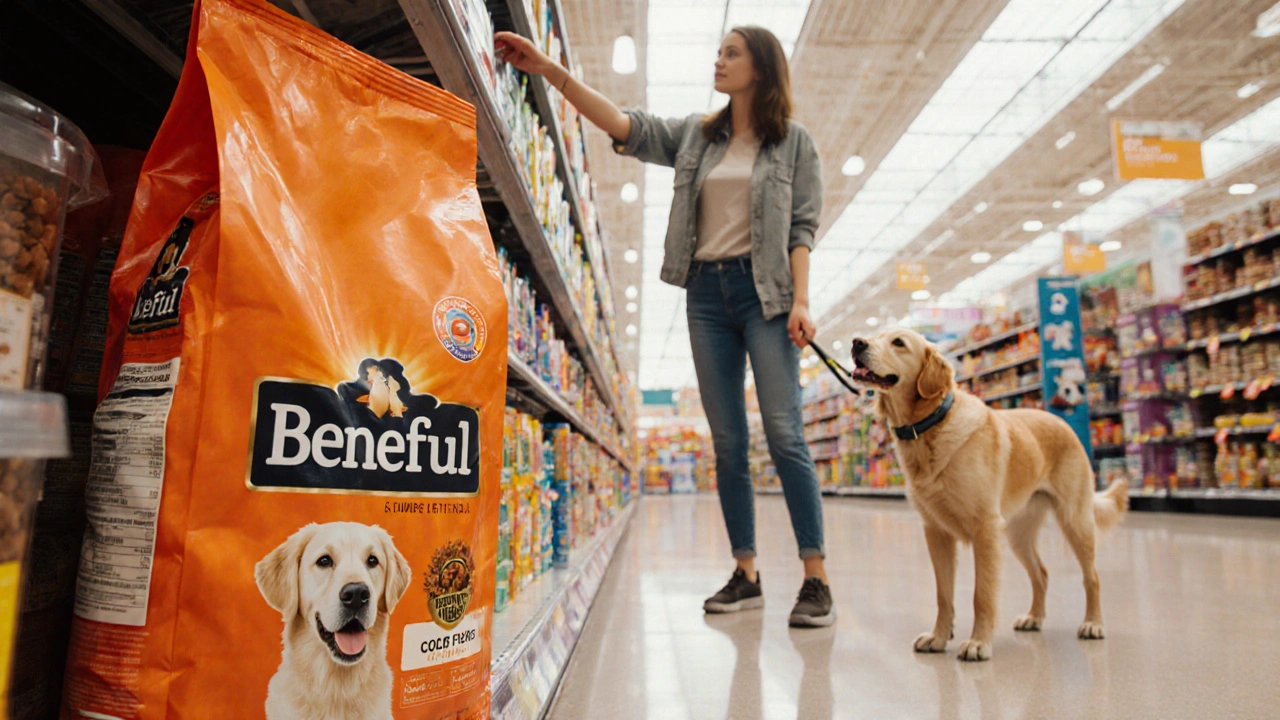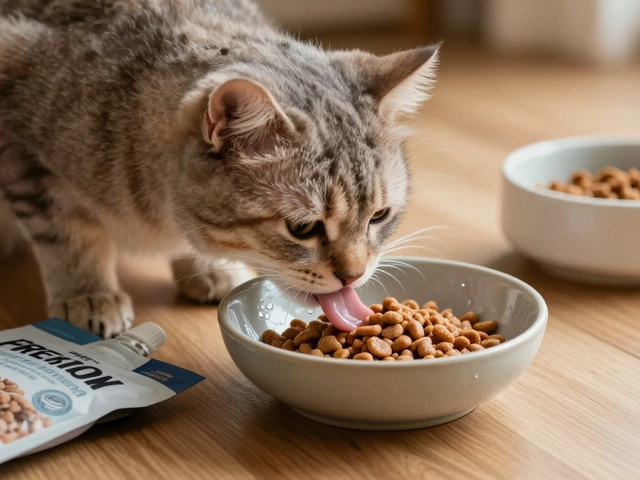Dog Nutrition Made Simple: Feed Your Pup Right
Feeding a dog isn’t just about filling a bowl. It’s about giving the right balance of protein, fat, carbs, vitamins, and minerals so your furry friend stays energetic, shiny‑coated, and disease‑free. In this guide we’ll break down the basics, point out common mistakes, and share quick tricks you can start using today.
What Should a Balanced Dog Meal Look Like?
A good dog diet mirrors a human’s healthy plate: high‑quality protein, healthy fats, and limited carbs. Look for animal‑based proteins like chicken, beef, or fish as the first ingredient on the label. Healthy fats from fish oil or chicken fat support skin and joint health. Fiber from veggies (carrots, green beans) helps digestion, while a small amount of whole grains can give steady energy.
Portion size matters too. Use the feeding chart on the bag as a starting point, then adjust based on your dog’s age, activity level, and body condition. A playful 30‑lb Labrador will need more calories than a couch‑loving 15‑lb shih tzu. Keep an eye on weight; a visible waistline and easy rib check are good gauges.
Safe Foods, Tricky Treats, and What to Avoid
Many owners think all human foods are harmless, but a few everyday items can poison dogs. Chocolate, grapes, raisins, onions, and macadamia nuts are big no‑nos. Even small bites of these can cause vomiting, seizures, or kidney failure. If you want to share a snack, stick to plain cooked chicken, carrots, or apple slices (no seeds).
Treats are great for training, but they shouldn’t make up more than 10% of daily calories. Choose low‑calorie options like freeze‑dried liver or chew toys that keep teeth clean. Avoid sugary biscuits or meat jerky with hidden salts—these can lead to obesity and dental issues.
Hydration is the quiet hero of nutrition. Fresh water should always be available, especially after playtime or a warm day. Adding a splash of low‑sodium broth can encourage a picky eater to drink more, but keep the broth plain—no onions or garlic.
Finally, consider your dog’s life stage. Puppies need higher protein and fat for growth, seniors benefit from joint‑supporting supplements like glucosamine, and active dogs may need extra calories to fuel workouts. Switching foods gradually over a week prevents upset stomachs.
By focusing on whole ingredients, watching portion sizes, and staying clear of toxic foods, you give your dog a solid nutritional foundation. Start with these basics, observe how your pup responds, and adjust as needed. A well‑fed dog is a happy dog, and that translates into endless tail wags and carefree adventures together.

Is It Best to Feed a Dog in the Morning or Evening?
Feeding your dog in the morning or evening affects their health, digestion, and behavior. Most vets recommend two meals a day-morning and evening-for optimal energy, digestion, and routine.
read more
Are Eggs Good for Dogs? What Vets Say About Feeding Eggs to Your Dog
Eggs can be a nutritious treat for dogs when cooked and given in moderation. Learn how many to feed, why raw eggs are risky, and when to avoid them entirely for your dog's health.
read more
Veterinarians' Verdict on Beneful Dog Food
Discover what veterinarians think about Beneful dog food, including ingredient analysis, health impacts, and practical feeding tips for your pup.
read more
Number One Selling Dog Food Brand: What Makes It Top Choice?
Curious about the most popular dog food brand on the shelves? This article breaks down the top-selling dog food, why it ranks so high, and what pet owners should really know before scooping kibble into a bowl. You'll learn about what drives those sales, what to watch for in ingredients, and whether popular means healthier for your furry pal. Plus, we'll share honest tips to help you sort marketing noise from real quality and value. Spoiler: it’s not all about which bag looks best in your pantry.
read more
Are Protein Shakes Bad for Dogs? What Every Owner Should Know
Can dogs have protein shakes, or could it make them sick? This article digs into why people consider giving dogs protein supplements and whether that's really safe. Find out what happens when dogs eat human protein powders, why some ingredients are risky, and when a dog might actually need a protein boost. Get straight-up advice on healthier alternatives and practical tips for active and older dogs. Avoid common mistakes and keep your dog feeling good.
read more
Essential Tips for Homemade Dog Food: What Ingredients to Avoid
Creating a homemade diet for your dog can be a rewarding way to ensure they receive fresh, high-quality meals. However, it's crucial to understand which ingredients may be harmful to your pet. This guide outlines common food items to steer clear of when preparing homemade dog cuisine to keep your furry friend healthy and safe. You'll find practical tips and nutritional advice to help you craft balanced meals while avoiding potential hazards.
read more
Best Alternatives to Fish Oil for Your Dog's Health
Fish oil is a popular supplement for dogs due to its high omega-3 content, promoting skin health and reducing inflammation. However, concerns about sustainability, allergies, and mercury contamination have led many pet owners to seek alternatives. This article explores viable substitutes such as flaxseed oil, algae oil, and chia seeds. These options provide similar health benefits while being environmentally friendly and safe for pets. Discover the pros and cons of these fish oil alternatives and how they can support your dog's well-being.
read more



